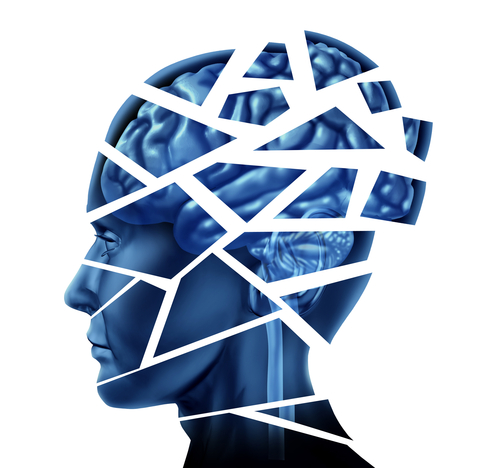Last week, Dr. Ho presented a few hours of continuing education on “Concussion Management for Optometrists” and “How to Better Serve Concussion Patients” to optometrists and the paraoptometric staff at Tennessee Association of Optometric Physician’s annual meeting in Gatlinburg, Tennessee. This continuing education seminar provided clinical pearls of diagnosing and subtle clinical presentations of patients suffering with the ‘silent’ signs of a concussion. Dr. Ho previously presented on the topic at her local optometric meeting (see previous post).
Concussion Pointers
Some take home pointers included using Neuro-Optometric Rehabilitation Association (NORA) survey on identifying the subtle signs of concussion patients. This is a 28-question research validated survey. A score above 31 warrants a neuro-optometric evaluation. Patients using a rating scale of 0 (never) to 4 (always) for each of the visual symptoms listed. Topics cover blur even with glasses on, light sensitivity (notably fluorescent light), dry eyes (trigeminal nerve involvement), poor depth perception, and reading difficulties.
Research shows that the section on peripheral vision is more specific for brain injury. This section addresses the following:
– Side vision looks distorted / objects move or change in position
– What looks straight ahead – isn’t always straight ahead
– Avoids crowds / can’t tolerate “visually-busy” places
These symptoms are commonly referenced as part of “Supermarket Syndrome” where patients feel overwhelmed by visual stimuli. Visual motion sensitivity to digital screens or alternating patterns of shadows are other common symptoms that present in our concussion patient base.
A neuro-optometric evaluation not only includes ocular health assessment but also a thorough test of visual skills including: oculomotor (eye movement), binocular vision (eye teaming), visual fields, visual-vestibular integration (visual-vestibular ocular reflex which allows vision to remain still and grounded during eye and body movement), visual integration with the body (eye-hand coordination and vision directed balance and posture) and visual perceptual skills.
A big clinical pearl shared was that visual symptoms can present and disrupt visual function despite being 20/20 best corrected and despite having unremarkable imaging. Dr. Ho estimates that over 90% of her concussion patients present with unremarkable imaging. Remember, a concussion is a ‘bruised’ brain, one that has altered its programing due to microtears, torque, or other atypical forces on an otherwise delicate 3 lbs butter-consistency brain that is encased by a very hard skull. If you are a patient who has suffered a neurologic injury and still have symptoms lingering beyond a month then please seek help!

